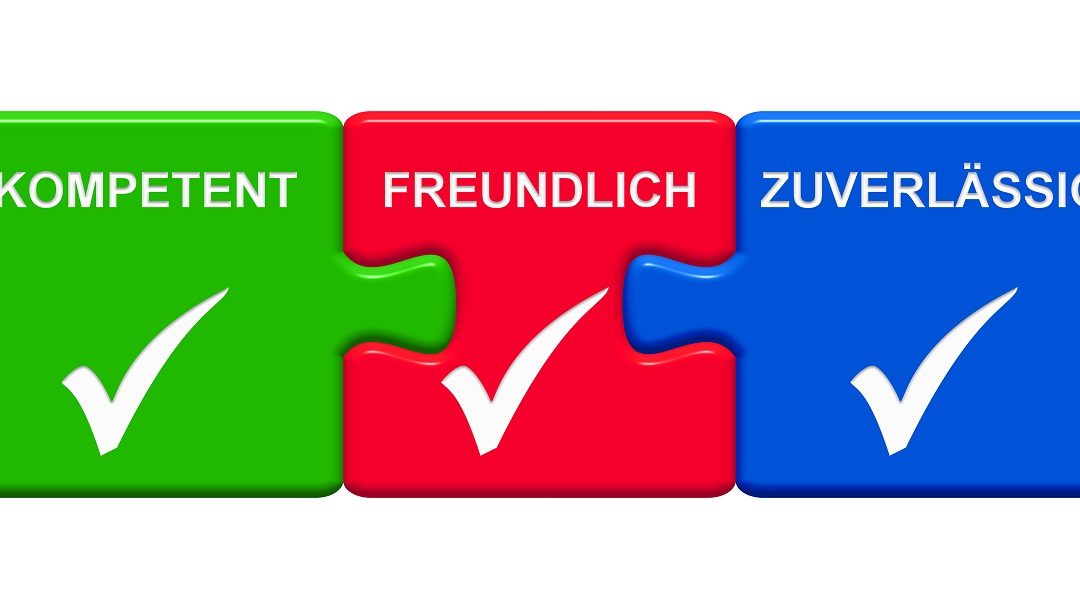Who doesn’t want them? Employees whose skills make them ideally suited for a position on the one hand and who are flexible to learn new things.
Are competence-based recruiting activities reserved for large companies and corporations that have the appropriate HR departments? Not at all, finding those the employees who contribute significantly to the company’s success due to their specific skills is at least as relevant, if not even more critical for small companies.
Competence-based HR Management is a decisive competitive advantage – regardless of the size of the company.
In addition to an appropriate job advertisement, which can be seen as the starting point for all further steps, there should also be clarity about the new position/role to be filled. The decription of tasks, rights and duties serves as a framework for further development to deposit required competences.
In other words, a competence profile, based on a clear role description makes it possible to find the most suitable employees. They can then contribute in the best possible way to achieving the company’s objectives.
To ensure common understanding and a uniform view of the different competencies required for a position, it is advisable to use a competency model, for example, KODE – Kompetenz-Diagnostik and Entwicklung by John Erpenbeck and Volker Heyse.
Based on four Basic competence clusters (personal competence, activity and action competence, technical and methodological competence and social-communicative competence), 64 competencies are defined and described in detail.
We recommend the development of a target profile based on approx. 10 to 15 competencies that are necessary to accomplish tasks, rights and duties in the respective role.
An individual competence profile is created for potential candidates, which can be compared with the target profile. This enables the licensed KODE consultant to identify where the potential candidate’s learning and development areas lie.
So if you want to find the “right” employees, even as a small company, it pays off to take a closer look at the skills required to fulfil the tasks, rights and duties in addition to the professional qualifications a position requires.
Investing in competence profiles and working with them creates clarity and transparency, ideally brings together the “right” partners and can also be used for further, targeted personnel development and evaluation measures.
If you would like to try out this approach for your company, we look forward to a personal meeting!


Recent Comments